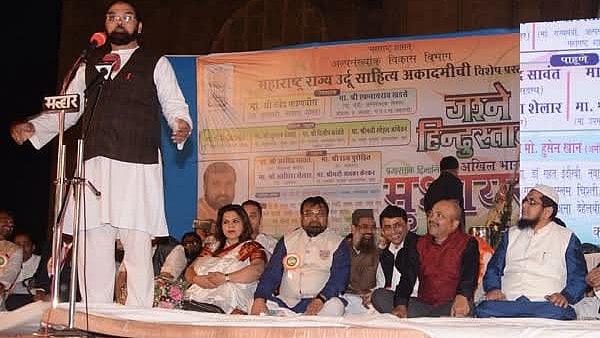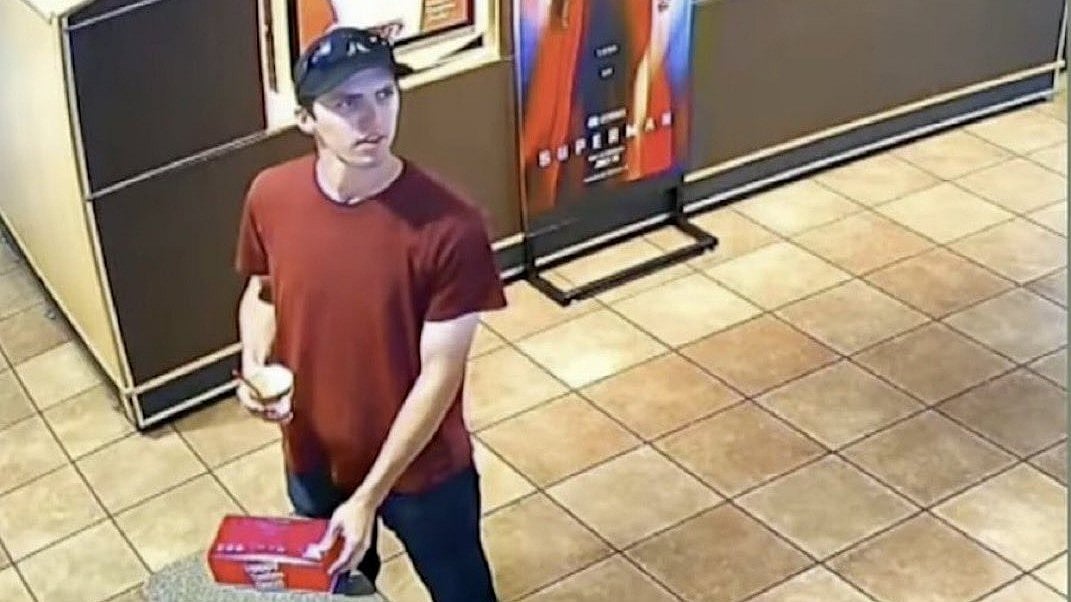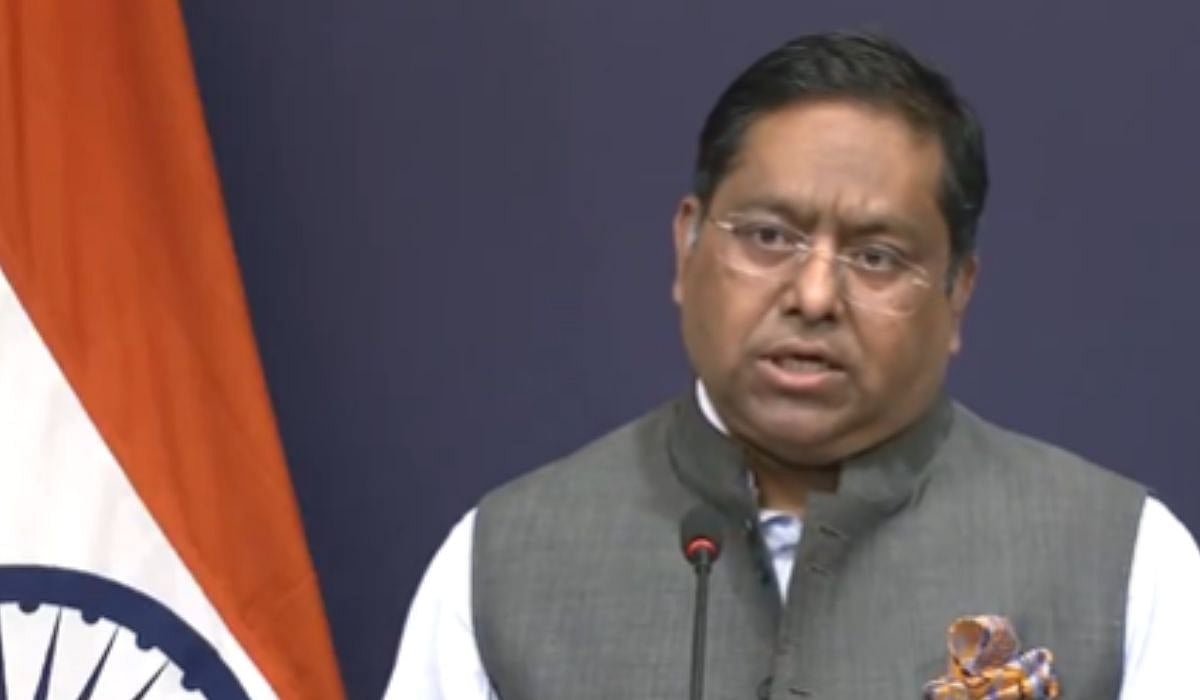Researchers have used artificial intelligence (AI) to detect Vietnam War-era bomb craters in Cambodia from satellite images - with the hope that it can help find unexploded bombs in near future. The new method increased true bomb crater detection by more than 160 per cent over standard methods, they said.
The model, combined with declassified US military records, suggests that 44 to 50 per cent of the bombs in the area studied may remain unexploded.
"As of now, attempts to find and safely remove unexploded bombs and landmines - called demining - has not been as effective as needed in Cambodia," said study researcher Erin Lin from Ohio State University in the US.
The researchers started with a commercial satellite image of a 100-square-kilometre area near the town of Kampong Trabaek in Cambodia. The area was the target of carpet bombing by the US Air Force from May 1970 to August 1973.
The researchers used a type of artificial intelligence called machine learning to analyse the satellite images for evidence of bomb craters.
The study involved a two-stage process. In the first stage, the researchers used algorithms developed to detect meteor craters on the moon and planets. That helped find many potential craters, but it wasn't good enough.
Bombs do create craters similar to (although smaller than) those made by meteors, the researchers said.
After the machine "learned" how to detect true bomb craters, one of the researchers checked the computer's work. According to the study, the human coder found 177 true bomb craters.
The first stage of the researcher's model identified 89 per cent of the true craters (157 of 177), but also identified 1,142 false positives - crater-like features not caused by bombs. The second stage eliminated 96 per cent of the false positives while losing only five of the real bomb craters. So its accuracy rate was about to 86 per cent, identifying 152 of 177 craters.
This proposed method increased true bomb detection by more than 160 per cent, according to the researchers.










